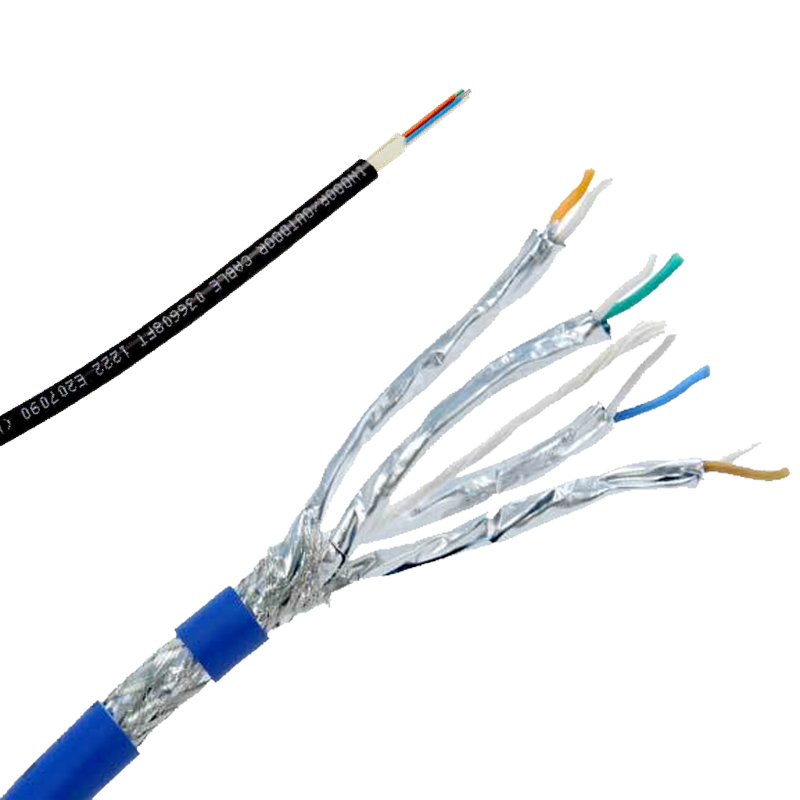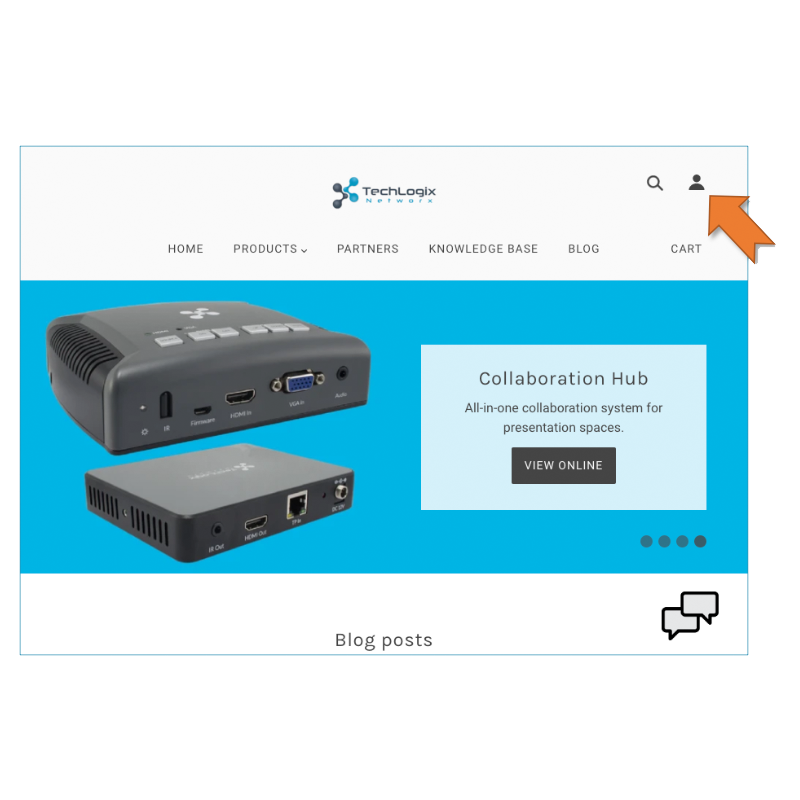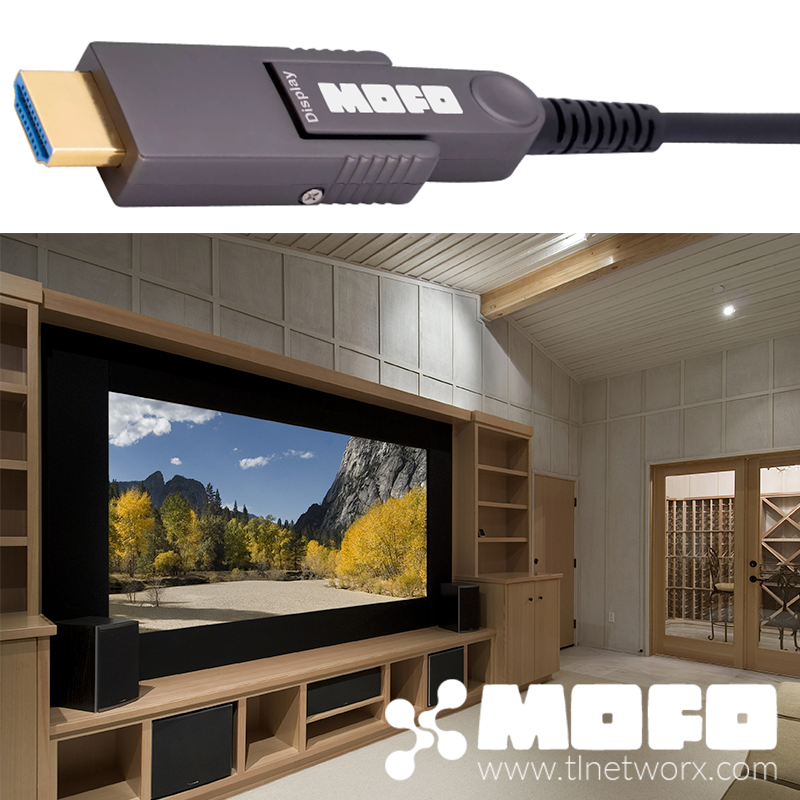Fiber vs. Cat 7 / 8

With the advent of Cat 7 and Cat 8, we are often asked why someone would integrate fiber optic cable over twisted pair. The answer is simple... fiber is easier to handle, provides significantly more bandwidth and costs less than most higher-bandwidth twisted pair formats.
This article examines the differences between the different types and grades of low-voltage cables.
Cable Comparisons
We will be comparing the trade price, bandwidth, cable diameter, bend radius and pull tension of three different formats of fiber and four different formats of twisted pair. Trade pricing is as of January 2020.
The below grid summarizes the information.

Familiarity
The chief advantage of twisted pair cable, whether Cat 6, Cat 7 or Cat 8, is the familiarity of handling and installation. Most integrators have years (if not decades) of experience integrating twisted pair cable and connectors. The progression from Cat 5 to Cat 6 and beyond has been an accepted evolution, even if the shielding and connectors have gotten bulkier and more expensive.
Fiber, on the other hand, is new to many integrators. It's constructed of completely difference materials, requires completely different tools, and its termination follows a completely different process.
There is a sense of security sticking with a familiar cable format, even if it's significantly harder to handle, limited in performance and surprisingly more expensive.
Bandwidth
Regardless of cable type, bandwidth is a major concern for any installation. Digital audio/video requires bandwidths up to 48G and networks commonly rely on 10G hardware. Streaming content will only drive these requirements higher and enterprise switches commonly reach 40G and beyond.
Cat 6, Cat 6A, and Cat 7 support a maximum bandwidth of 10G. These cables can't even support the bandwidth required for native HDMI 2.0 4K60 4:4:4 HDR signals, the current standard for displays and projectors.
Cat 8 supports a maximum bandwidth of 40G, albeit over shorter distances. Cat 8 does support native 4K60 4:4:4 HDR; however, it won't support the full 8K spectrum for the displays and projectors that have now been released.
Fiber, on the other hand, easily supports the bandwidth required for 4K, 8K and beyond. The audio-visual and network signals are transmitted via optical waves near the speed of light.
In fact, optical cables theoretically support up to 10,000 times more bandwidth than Cat 6, though the electronics haven't caught up to the cables' capacity.

Cable Construction
Fiber is also significantly easier to handle thanks to a small cable diameter, strong pull rating, and incredibly small minimum bend radius.
For example, many duplex (two strand) fiber optic cables boast a cable diameter of 3mm (0.11 inches) -- that's smaller than a pencil. Most twisted pair cables, on the other hand, feature a diameter that's twice as thick due to the shielding required to block EM and RF interference. As bandwidth increases, so does the the amount of shielding on twisted pair cables and formats such as Cat 7 and Cat 8 can be up to 8.6mm (0.33 inches) thick.
This thickness affects pliability and twisted pair cables pale in comparison to fiber when considering minimum bend radius. TechLogix fiber features a minimum bend radius of 3mm - 7.5mm (0.11 - 0.29 inches), whereas standard Cat 6 requires a minimum bend radius of 122mm (4.8 inches) and Cat 8 requires a minimum bend radius of 172mm (6.8 inches).
Finally, pull-rating also falls in fiber's favor. Optical cables feature a pull rating from 100 - 220lbs., whereas twisted pair maxes at 25lbs.

Installation
Perhaps most surprising for many integrators, fiber is also significantly easier to install and terminate -- especially when comparing an optical cable to a shielded twisted pair cable.
Optical cables typically terminate in around one minute per connector with minimal installer training (view the process online). Standard unshielded twisted pair connectors due install more quickly; however, the shielded connectors required for higher-bandwidth Cat 6A, Cat 7 and Cat 8 easily require double the amount of time.
Price
Fiber has become far more common in low-voltage installations, driving the cost of cable, connectors and accessories down. Single mode fiber averages around $2.00 per foot and often costs less than Cat 6A, Cat 7 and Cat 8. Multimode fiber averages around $3.00 per foot, still costing less than Cat 7 and Cat 8.
Fiber optic connectors likewise cost less than shielded twisted pair connectors, which are required for Cat 6A, Cat 7 and Cat 8.

Conclusion
Fiber is a natural choice for low-voltage applications, especially when considering the ease of installation and price. Twisted pair cable may be familiar, but fiber is easy to integrate with a little education.
Plus, it's the only cable which supports the AV and network signals of today and tomorrow.
View TechLogix fiber optic cable, connectors and accessories.




Comments
Jim —
Count me in the camp of people uneasy about installing fiber because I’ve worked with cooper for so long and am extremely comfortable with it. I put in a trunk line between buildings last summer and used fiber as the run was too long for copper – it pulled easier than copper, was smaller diameter, and thinking about the termination beforehand was FAR worse than actually doing it. (Frankly, the worst part by far was trying to figure out how to use the light meter/tester to confirm it was solid.) The remote building has been running both computers and IP phones over the fiber for about 6 months now without a hiccup.